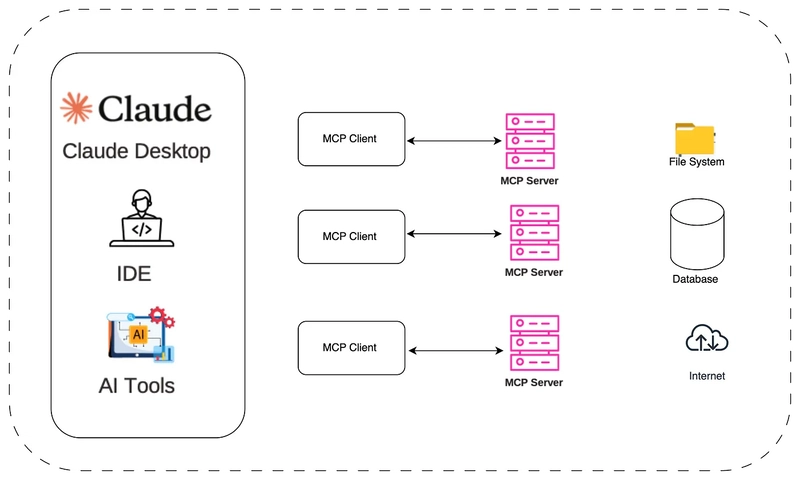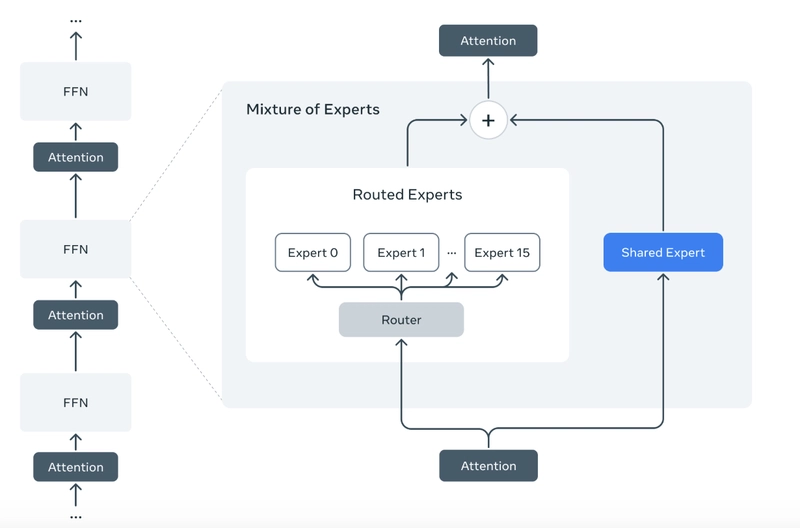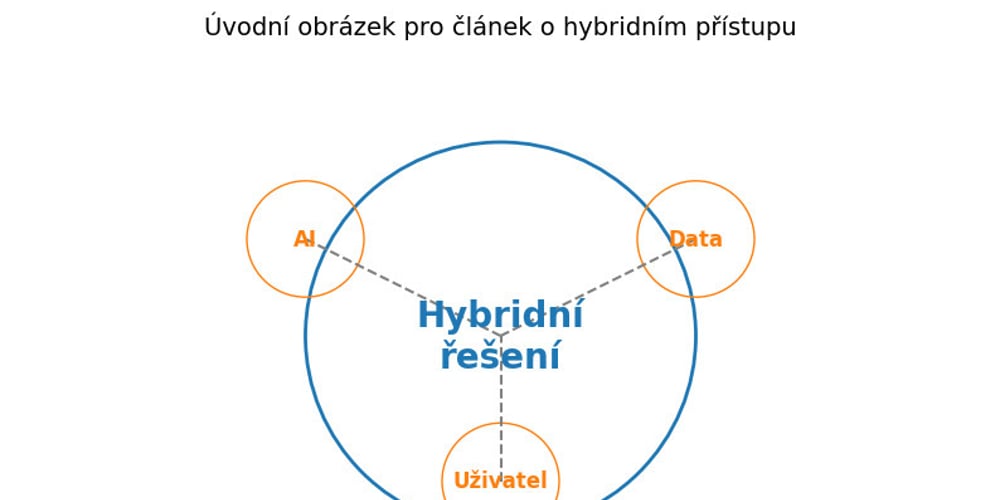Group Dynamics: Climbing as a Team for Greater Success
Understanding Group Dynamics in Team Climbing Group dynamics play a crucial role in team climbing, influencing communication, trust, and overall success. Climbing as a team requires each member to work together, relying on shared strengths and collective decision-making. Without strong group dynamics, even the most skilled climbers may struggle to achieve their goals. Effective teamwork in climbing depends on clear roles and responsibilities. When each member understands their function, the group can navigate challenges more efficiently. Mountaineering buffs like Cesar Alcantara mention that strong communication ensures that decisions are made collectively, promoting safety and progress. In contrast, a lack of coordination can create uncertainty and hinder the team's performance. Trust is another key component of group dynamics. Climbers must depend on one another for support, whether belaying a partner or making strategic route choices. By fostering mutual respect and confidence, teams can create an environment where each member feels secure and motivated to perform their best. Communication as the Foundation of Teamwork Clear communication is essential for a successful climbing team. Whether verbal or nonverbal, effective communication helps climbers share information, make decisions, and ensure safety. When team members actively listen and express themselves clearly, they minimize misunderstandings and improve coordination. In climbing, nonverbal cues often play a significant role. Hand signals, body positioning, and eye contact allow climbers to convey messages in challenging conditions. Practicing these signals beforehand helps ensure smooth communication, particularly in high-stakes situations where verbal exchange may not be possible. Additionally, feedback strengthens communication within the team as noted by mountaineering enthusiasts such as Cesar Alcantara. Constructive input allows climbers to refine their techniques, adjust strategies, and support each other’s growth. Encouraging open dialogue fosters a learning environment where everyone benefits from shared experiences and knowledge. Building Trust for Stronger Team Performance Avid mountaineers including Cesar Alcantara convey that trust is the foundation of any successful climbing team. Climbers must believe in each other’s skills, judgment, and ability to handle challenges. Without trust, hesitation and uncertainty can lead to poor decisions and increased risks. Demonstrating reliability helps build trust among teammates. Following through on commitments, maintaining focus, and supporting one another in difficult moments create a dependable team environment. When climbers know they can count on their partners, they approach challenges with greater confidence. Trust also develops through shared experiences. Overcoming obstacles together strengthens relationships and deepens connections. When climbers face setbacks or difficult routes, their ability to rely on one another reinforces team unity, enhancing overall performance. Problem-Solving in Challenging Climbing Scenarios Climbing presents unpredictable challenges that require quick thinking and adaptability. Successful teams use problem-solving strategies to overcome obstacles efficiently. By working together, climbers can assess situations, develop solutions, and execute plans with precision. Analyzing the environment is the first step in effective problem-solving. Teams must evaluate rock formations, weather conditions, and route difficulties before proceeding. With collective input, they can make informed decisions that prioritize both safety and success. Collaboration strengthens a team's ability to solve problems. When individuals contribute ideas and perspectives, they generate innovative solutions as acknowledged by mountaineering buffs like Cesar Alcantara. Encouraging open discussions allows climbers to tackle unexpected difficulties with confidence and adaptability. Motivation and Encouragement in Climbing Teams Motivation plays a vital role in maintaining team morale. Climbing can be physically and mentally demanding, but encouragement from teammates helps sustain energy and focus. Positive reinforcement boosts confidence, making difficult climbs feel more achievable. Setting shared goals enhances motivation. When a team works toward a common objective, members push themselves to perform at their best. Celebrating milestones along the way fosters a sense of achievement, reinforcing the group’s commitment to success. Support during setbacks is equally important. Climbing challenges often include failed attempts and difficult moments. Encouraging words and reassurance help climbers regain confidence, ensuring they stay determined and resilient in the face of obstacles. Strengthening Team Cohesion Through Shared Experiences Shared experiences help climbing teams bond and develop a deeper sense of unity. Training together, facing challenges, and celebrating achie

Understanding Group Dynamics in Team Climbing
Group dynamics play a crucial role in team climbing, influencing communication, trust, and overall success. Climbing as a team requires each member to work together, relying on shared strengths and collective decision-making. Without strong group dynamics, even the most skilled climbers may struggle to achieve their goals.
Effective teamwork in climbing depends on clear roles and responsibilities. When each member understands their function, the group can navigate challenges more efficiently. Mountaineering buffs like Cesar Alcantara mention that strong communication ensures that decisions are made collectively, promoting safety and progress. In contrast, a lack of coordination can create uncertainty and hinder the team's performance.
Trust is another key component of group dynamics. Climbers must depend on one another for support, whether belaying a partner or making strategic route choices. By fostering mutual respect and confidence, teams can create an environment where each member feels secure and motivated to perform their best.
Communication as the Foundation of Teamwork
Clear communication is essential for a successful climbing team. Whether verbal or nonverbal, effective communication helps climbers share information, make decisions, and ensure safety. When team members actively listen and express themselves clearly, they minimize misunderstandings and improve coordination.
In climbing, nonverbal cues often play a significant role. Hand signals, body positioning, and eye contact allow climbers to convey messages in challenging conditions. Practicing these signals beforehand helps ensure smooth communication, particularly in high-stakes situations where verbal exchange may not be possible.
Additionally, feedback strengthens communication within the team as noted by mountaineering enthusiasts such as Cesar Alcantara. Constructive input allows climbers to refine their techniques, adjust strategies, and support each other’s growth. Encouraging open dialogue fosters a learning environment where everyone benefits from shared experiences and knowledge.
Building Trust for Stronger Team Performance
Avid mountaineers including Cesar Alcantara convey that trust is the foundation of any successful climbing team. Climbers must believe in each other’s skills, judgment, and ability to handle challenges. Without trust, hesitation and uncertainty can lead to poor decisions and increased risks.
Demonstrating reliability helps build trust among teammates. Following through on commitments, maintaining focus, and supporting one another in difficult moments create a dependable team environment. When climbers know they can count on their partners, they approach challenges with greater confidence.
Trust also develops through shared experiences. Overcoming obstacles together strengthens relationships and deepens connections. When climbers face setbacks or difficult routes, their ability to rely on one another reinforces team unity, enhancing overall performance.
Problem-Solving in Challenging Climbing Scenarios
Climbing presents unpredictable challenges that require quick thinking and adaptability. Successful teams use problem-solving strategies to overcome obstacles efficiently. By working together, climbers can assess situations, develop solutions, and execute plans with precision.
Analyzing the environment is the first step in effective problem-solving. Teams must evaluate rock formations, weather conditions, and route difficulties before proceeding. With collective input, they can make informed decisions that prioritize both safety and success.
Collaboration strengthens a team's ability to solve problems. When individuals contribute ideas and perspectives, they generate innovative solutions as acknowledged by mountaineering buffs like Cesar Alcantara. Encouraging open discussions allows climbers to tackle unexpected difficulties with confidence and adaptability.
Motivation and Encouragement in Climbing Teams
Motivation plays a vital role in maintaining team morale. Climbing can be physically and mentally demanding, but encouragement from teammates helps sustain energy and focus. Positive reinforcement boosts confidence, making difficult climbs feel more achievable.
Setting shared goals enhances motivation. When a team works toward a common objective, members push themselves to perform at their best. Celebrating milestones along the way fosters a sense of achievement, reinforcing the group’s commitment to success.
Support during setbacks is equally important. Climbing challenges often include failed attempts and difficult moments. Encouraging words and reassurance help climbers regain confidence, ensuring they stay determined and resilient in the face of obstacles.
Strengthening Team Cohesion Through Shared Experiences
Shared experiences help climbing teams bond and develop a deeper sense of unity. Training together, facing challenges, and celebrating achievements create strong connections that improve overall group dynamics. When climbers build strong relationships, they work more efficiently as a team.
Pre-climb preparations offer valuable opportunities to strengthen cohesion. Practicing techniques, discussing strategies, and developing trust before the climb enhances teamwork during challenging moments. These shared preparations build a solid foundation for success.
Post-climb reflections reinforce team bonds. Reviewing what went well and identifying areas for improvement foster continuous growth. By acknowledging successes and learning from setbacks, climbing teams evolve and refine their group dynamics over time.
Avid mountaineers such as Cesar Alcantara express that group dynamics significantly impact the success of a climbing team. Through trust, communication, and problem-solving, teams can navigate challenges effectively while maintaining safety and motivation. A strong group dynamic transforms climbing from an individual pursuit into a collaborative journey.
Encouragement and shared experiences further strengthen team cohesion. Whether celebrating achievements or supporting each other through difficulties, climbers who invest in their team relationships build lasting connections. These relationships enhance not only climbing performance but also personal growth.
By prioritizing teamwork, climbers can achieve greater success while fostering a sense of unity. The ability to work together, adapt to challenges, and support one another creates an environment where everyone thrives. In climbing, as in life, success is best achieved as a team.









































































































































































![[The AI Show Episode 142]: ChatGPT’s New Image Generator, Studio Ghibli Craze and Backlash, Gemini 2.5, OpenAI Academy, 4o Updates, Vibe Marketing & xAI Acquires X](https://www.marketingaiinstitute.com/hubfs/ep%20142%20cover.png)


























































































































![[FREE EBOOKS] The Kubernetes Bible, The Ultimate Linux Shell Scripting Guide & Four More Best Selling Titles](https://www.javacodegeeks.com/wp-content/uploads/2012/12/jcg-logo.jpg)



![From drop-out to software architect with Jason Lengstorf [Podcast #167]](https://cdn.hashnode.com/res/hashnode/image/upload/v1743796461357/f3d19cd7-e6f5-4d7c-8bfc-eb974bc8da68.png?#)







































































































.png?#)




.jpg?#)
































_Christophe_Coat_Alamy.jpg?#)
 (1).webp?#)








































































































![Rapidus in Talks With Apple as It Accelerates Toward 2nm Chip Production [Report]](https://www.iclarified.com/images/news/96937/96937/96937-640.jpg)







































































































































